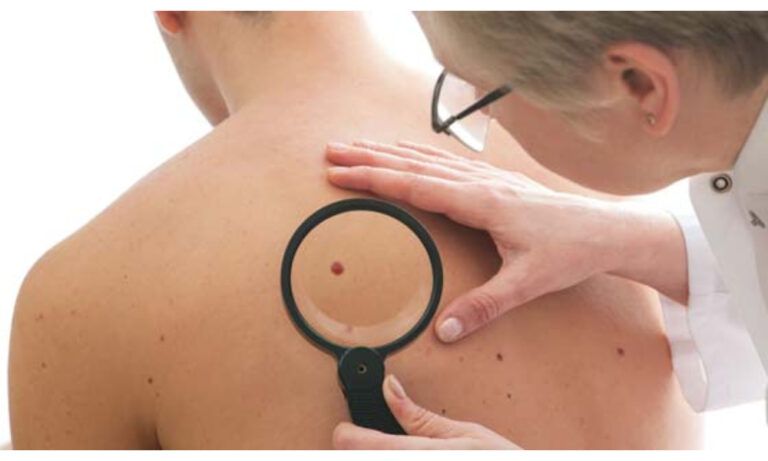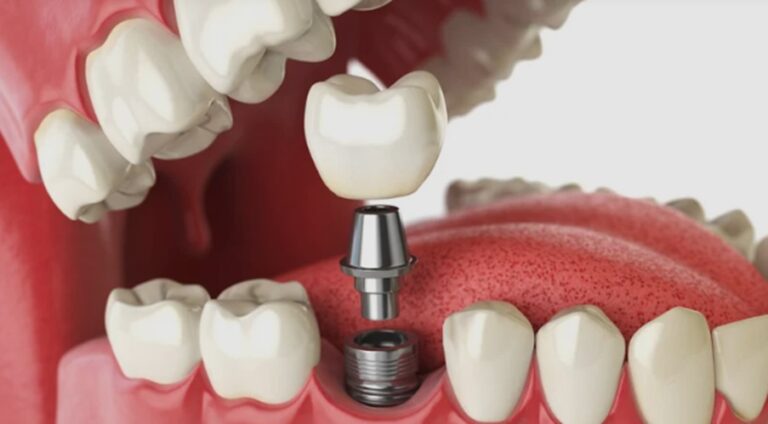
Oral health is important in order to maintain your overall physical wellness. A basic hygiene regime always begins at home! Good oral health care, such as brushing and flossing, keep bacteria under control. However, without proper oral hygiene, you are likely to increase your risk of several dental problems like tooth decay and gum disease. But are you using the proper brushing and flossing technique to fight plaque?
A Streamwood, Illinois dentist and their team strive to create oral hygiene awareness among patients and offer a proper guide to at-home oral care practices like brushing and flossing.
What is the importance of at-home oral care practices?
Regular dental visits and professional cleanings are key factors that improve your oral health. But as they say, charity begins at home, so does a good oral care regime. Oral health rejuvenation paves the way for the enhancement of your physical and mental well-being.
Proper brushing and flossing help prevent the following:
- Dental decay
- Periodontal disease (inflammation of the gums and alveolar bone)
- Halitosis (bad breath)
- Staining or discoloration
What is the most effective brushing technique?
Brushing your teeth primarily focuses on the elimination of plaque and bacteria. Thus, it is important to brush at least twice daily using a soft-bristled, small-headed brush that can easily reach even the inaccessible areas of your mouth. Currently, the ADA (American Dental Association) has approved electric toothbrushes with an oscillating or rotating head to improve dexterity.
The basic brushing technique includes:
- Place the brush at a 45-degree angle where the gums and teeth meet
- Follow circular motions to brush the teeth and gum line
- Brush all the surfaces of the teeth
- Follow back-and-forth motions to clean the chewing surfaces
- Brush your tongue to remove food debris and fungi
What is the most effective flossing technique?
Flossing is used in combination with brushing since it can effectively remove plaque from the interdental regions (between the teeth) where a regular brush cannot reach
It can dramatically reduce the risk of periodontal disease and also limits the depth of the gingival pocket.
The basic flossing technique includes:
- Cut a piece of floss measuring 16 to 18 inches long
- Wrap one end of the floss around the middle finger of your left hand
- Wrap the other end around the middle finger of the right hand
- Ensure both hands are 2 to 3 inches apart
- Work the floss gently between your teeth
- Move the floss up and down several times gently
Proper brushing and flossing can enhance your oral health, impart a radiant smile, and prevent serious dental problems. This can greatly help avoid extensive and costly procedures in the future.




